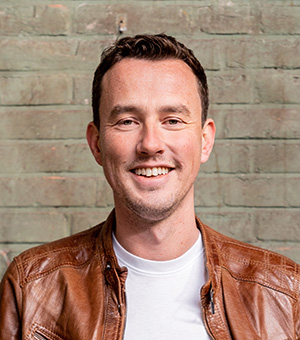
Photoshop now offers three distinct approaches to removing unwanted elements, each optimized for different situations. Understanding when to use each one will speed up your workflow a lot. Let’s take a closer look.
The Remove tool: your new best friend
The Remove tool recently received a major upgrade with a completely new algorithm that combines on-device processing with cloud AI automatically. You’ll find the tool grouped with the Spot Healing Brush in the toolbar.
Here’s how to use it effectively:
- Select the Remove tool from the toolbar.
- Create a new empty layer for nondestructive editing.
- In the Options bar, turn on the Sample All Layers option so Photoshop can reference the content below the new layer.
- Still in the Options bar, choose Mode > Auto (May Use Generative AI).
- Paint over objects you want to remove by reducing the brush size and drawing a lasso around objects
(Figure 1). Photoshop will handle the heavy lifting (Figure 2).


When you set the Mode option to Auto, the Remove tool will automatically decide whether to process the removal on your device or to use cloud AI. If Photoshop detects that you want to remove a difficult or large area, it automatically will switch to Generative AI in the cloud for better performance. You could choose Mode > Generative AI Off instead, but I don’t recommend it. The Remove tool and the Remove button never use generative credits, and the latest Remove tool is much faster than the previous remove algorithms.
Even better, the new algorithms focus on actually removing what you select, rather than trying to complete the scene by inventing new objects. In older Photoshop versions, accidentally leaving a shadow out of your selection would cause Photoshop to generate a random chair or a scary person to match that shadow. (Case in point: At CreativePro Week 2025, a fluffy pink guinea pig appeared on screen during my live demo!) With the new Remove tool behavior, you might see a leftover shadow after removal, but you can simply paint over it with the Remove tool to clean it up.
This article was last modified on September 30, 2025
This article was first published on October 1, 2025




